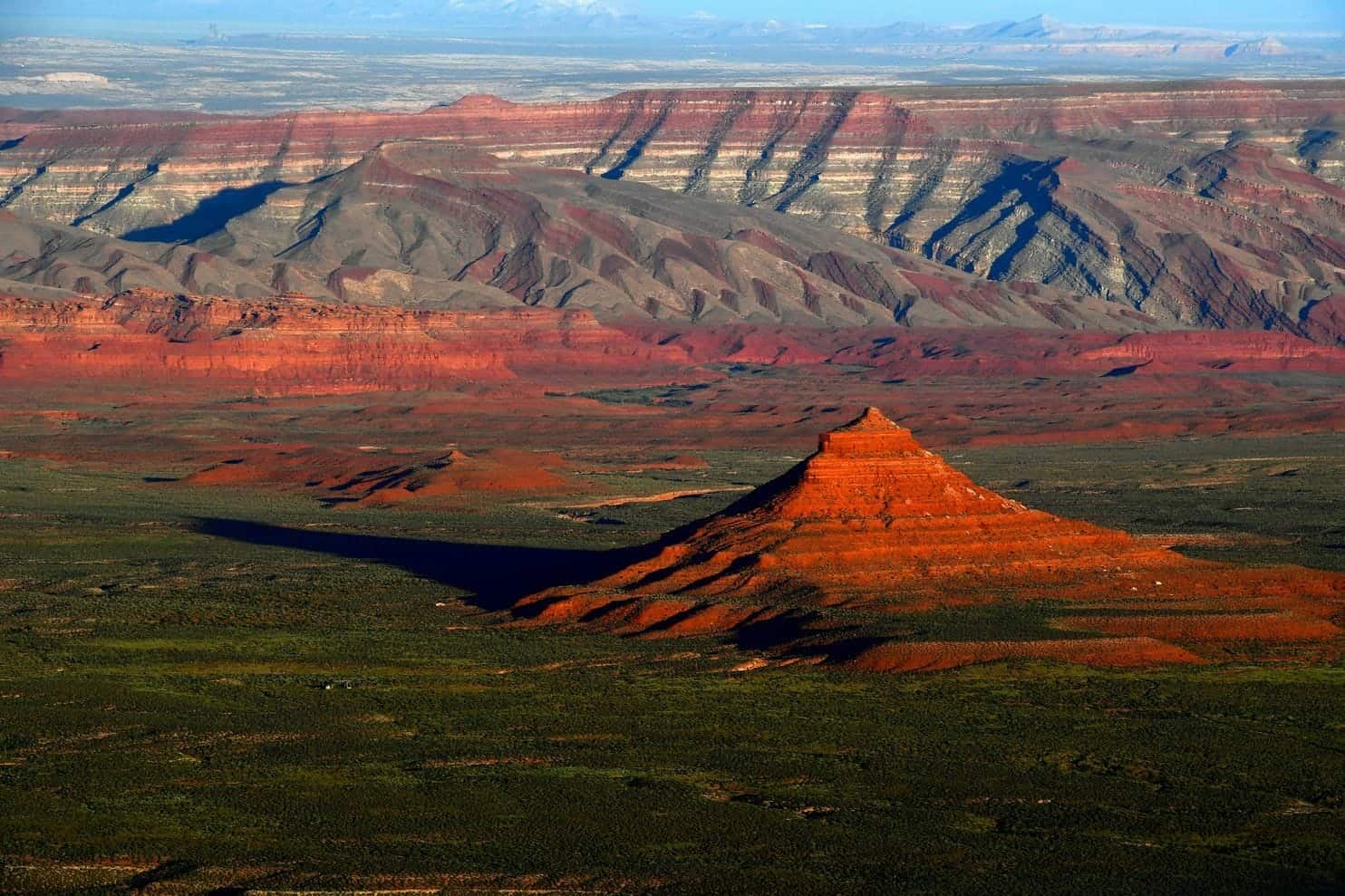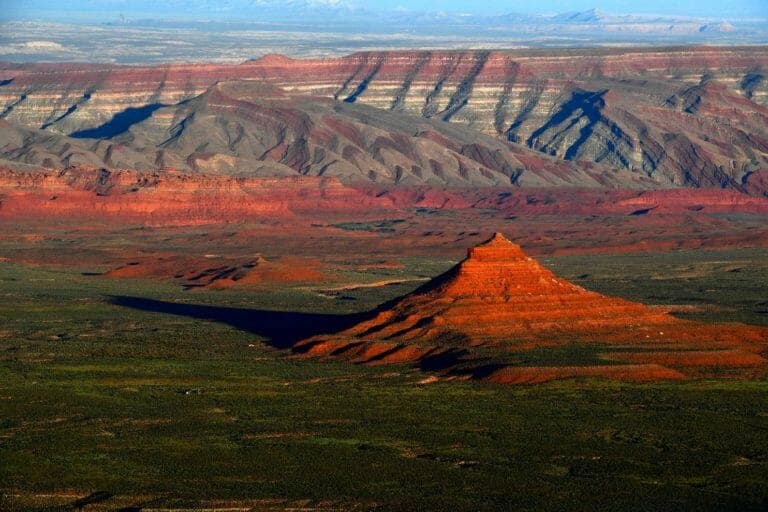Photo: a look at Bears Ears monument, which encompasses 1.35 million acres of land in Utah. (The Wilderness Society)
In a quest to shrink national monuments last year, senior Interior Department officials dismissed evidence that these public sites boosted tourism and spurred archaeological discoveries, according to documents the department released this month and retracted a day later.
The thousands of pages of email correspondence chart how Interior Secretary Ryan Zinke and his aides instead tailored their survey of protected sites to emphasize the value of logging, ranching and energy development that would be unlocked if they were not designated national monuments.
Comments the department’s Freedom of Information Act officers made in the documents show that they sought to keep some of the references out of the public eye because they were “revealing [the] strategy” behind the review.
Presidents can establish national monuments in federal land or water if they determine that cultural, historical or natural resources are imperiled. In April, President Trump signed an executive order instructing Zinke to review 27 national monuments established over 21 years, arguing that his predecessors had overstepped their authority in placing these large sites off limits to development.
Trump has significantly reduced two of Utah’s largest national monuments, Bears Ears and Grand Staircase-Escalante, and has not ruled out altering others.
The new documents show that as Zinke conducted his four-month review, Interior officials rejected material that would justify keeping protections in place and sought out evidence that could buttress the case for unraveling them.
[…h2oIQ editor’s note: some material skipped here in order to present the following. Please follow the link, below, to the entire original article…]
The inadvertently released documents show that department officials dismissed some evidence that contradicted the administration’s push to revise national monument designations, which are made under the 1906 American Antiquities Act. Estimates of increased tourism revenue, analyses showing that existing restrictions had not hurt fishing operators and agency reports finding that less vandalism occurred as a result of monument designations were all set aside.
On Sept. 11, 2017, Randal Bowman, the lead staff member for the review, suggested deleting language that said most fishing vessels near the Northeast Canyons and Seamounts Marine National Monument “generated 5% or less of their annual landings from within the monument” because it “undercuts the case for the ban being harmful.”
Robert B. Vanasse, who represents groups that have lobbied to allow commercial fishing in national marine monuments in the Atlantic and Pacific oceans, said Trump administration officials have been more open to outside input than their predecessors had.
“They had a lot of meetings with our folks but didn’t listen,” he said of Obama officials, adding that even some Democratic lawmakers from Massachusetts raised concerns about the New England marine monument’s fishing restrictions.
Full article: Trump administration officials dismissed benefits of national monuments
More about Utah water supplies:
Utah copes with drying streams, dying animals as drought tightens its grip
Drought Forces Hard Choices for Farmers and Ranchers in the Southwest
United States: Water deficits to diminish in the SW, surpluses ahead for FL
Water Hole: No running water on Navajo Nation reservation



